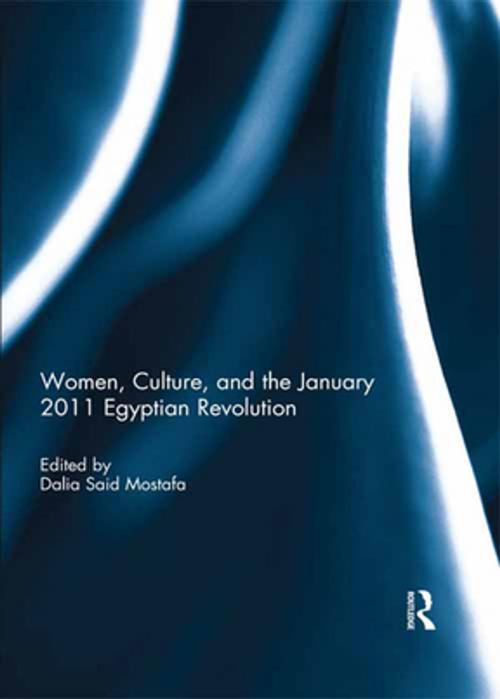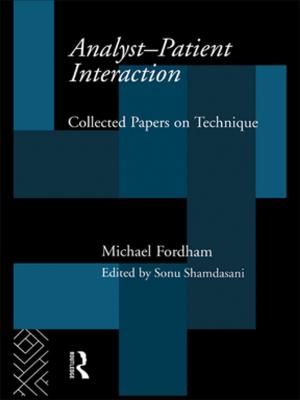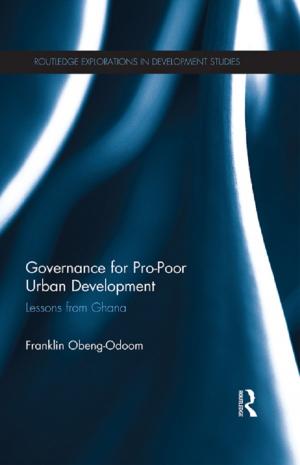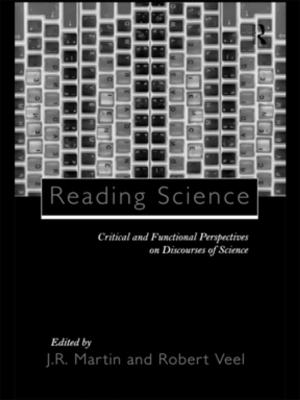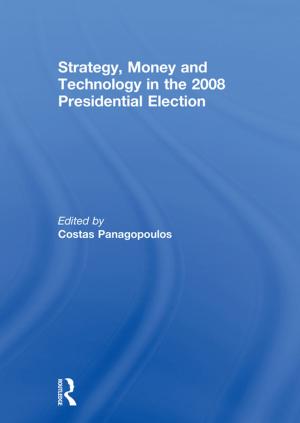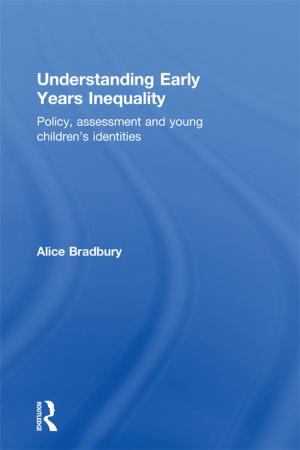Women, Culture, and the January 2011 Egyptian Revolution
Nonfiction, Social & Cultural Studies, Social Science| Author: | ISBN: | 9781317211105 | |
| Publisher: | Taylor and Francis | Publication: | February 2, 2018 |
| Imprint: | Routledge | Language: | English |
| Author: | |
| ISBN: | 9781317211105 |
| Publisher: | Taylor and Francis |
| Publication: | February 2, 2018 |
| Imprint: | Routledge |
| Language: | English |
This book comes at a time when the Egyptian nation is facing deep divisions about the notion and definition of ‘revolution’. The articles here aim to look at the 2011 Egyptian Revolution and the central role of women within it from a critical perspective. Our objective is not to glorify the revolution or inflate the role of Egyptian women within its parameters, but to analyse and critique both the achievements and setbacks of this revolution and the contributions of various strata of women to the revolutionary process, which is still unfolding. Women’s participation is part of a broader picture and needs to be considered as an essential element of the ongoing struggle for freedom and social justice, not in isolation of it. The reader will soon realise that the authors in this book, perhaps, agree on one profound aspect of the 2011 Revolution: the struggle is ongoing, and the revolutionary process is still being shaped and recreated. The story of the Egyptian Revolution still resists any kind of closure despite the ascendance of the military regime once again to power. The years to come will no doubt witness an expansion of the political and cultural archive of the Egyptian and Arab uprisings, accompanied by much academic work on their impact and significance. Women’s roles and contributions need to occupy a central position in these academic analyses. This book was originally published as a special issue of the Journal for Cultural Research.
This book comes at a time when the Egyptian nation is facing deep divisions about the notion and definition of ‘revolution’. The articles here aim to look at the 2011 Egyptian Revolution and the central role of women within it from a critical perspective. Our objective is not to glorify the revolution or inflate the role of Egyptian women within its parameters, but to analyse and critique both the achievements and setbacks of this revolution and the contributions of various strata of women to the revolutionary process, which is still unfolding. Women’s participation is part of a broader picture and needs to be considered as an essential element of the ongoing struggle for freedom and social justice, not in isolation of it. The reader will soon realise that the authors in this book, perhaps, agree on one profound aspect of the 2011 Revolution: the struggle is ongoing, and the revolutionary process is still being shaped and recreated. The story of the Egyptian Revolution still resists any kind of closure despite the ascendance of the military regime once again to power. The years to come will no doubt witness an expansion of the political and cultural archive of the Egyptian and Arab uprisings, accompanied by much academic work on their impact and significance. Women’s roles and contributions need to occupy a central position in these academic analyses. This book was originally published as a special issue of the Journal for Cultural Research.
